Alternative Ways of Seeing Immigration: Visual, Literary, and Creative Approaches
These seven books draw you into the global story of human migration using artistic styles that you won't normally find in traditional non-fiction books and articles.
Immigration is often framed in the language of policy, law, and statistics. But to truly understand it from an emotional and human level, we need more than just data. We need images, architecture, storytelling, photography and poetry. We need creative approaches that bring migration to life, making it something we can see, feel, and experience.
As someone passionate about studying immigration in all its complexity, I believe that alternative forms of storytelling—whether visual, literary, or artistic—offer valuable insights that get drowned out in policy debates. A map might reveal what a report cannot. A novel conveys truths that journalism misses. Poetry can destabilize our over-reliance on language to make sense of things that are fundamentally nonsensical.
In this post, I’m highlighting seven books from my personal library that approach immigration and borders through design, architecture, graphic novels, fiction, and poetry. These works don’t just describe migration; they embody it, using form, structure, and creativity to illuminate movement, displacement, and belonging.
I have often used these books in teaching to provide a variety of pathways for students to enter into the discussion. I have even dabbled in visual storytelling myself, mostly through photography, including “A Visual Study of Texas' Shoddy Private Border Fence” and “A Visual Study of Arizona's Container Wall.” But I know my lane and my limits, which is why I draw inspiration from people like photographer Greg Constantine, whom I featured a few weeks ago.
Here are more examples beyond photography that invite us into thinking creatively about the experience of human mobility and borders. By exploring immigration through alternative lenses—visual, literary, and artistic—these books challenge us to rethink borders, not just as physical divides but as human experiences. Here are seven works that offer new ways of seeing migration, each one urgent, moving, and necessary.
If you would like to recommend a creative work that connects to immigration, please share it in the comments.
Just a reminder that this newsletter is only possible because of your support. If you believe in keeping this work free and open to the public, consider becoming a paid subscriber. You can read more about the mission and focus of this newsletter and learn why, after three years, I finally decided to offer a paid option. If you already support this newsletter financially, thank you.
Borderwall as Architecture
One of the most compelling books on the U.S.-Mexico border is Borderwall as Architecture: A Manifesto for the U.S.-Mexico Boundary by Ronald Rael, which reimagines the border wall as a site of creative resistance and cultural exchange. Ronald Rael, an architect, designer, and professor at UC Berkeley, is known for his groundbreaking work at the intersection of architecture and social justice, particularly in reimagining border spaces. In this book, he critiques the U.S.-Mexico border wall not only as a political tool but as an architectural structure with unintended consequences and creative potential. Through a mix of design proposals, historical analysis, and cultural commentary, Rael challenges us to see the wall not as an impenetrable barrier but as a site of resistance, adaptation, and even humor.
Undocumented: The Architecture of Migrant Detention
Undocumented: The Architecture of Migrant Detention by Tings Chak blends architectural analysis with firsthand accounts to expose the hidden spaces of migrant detention. This book is mostly line drawings and sketches, but also mixes in some comic book elements, as well. Plus, this book focuses on detention centers in Canada, and that's one thing you'll notice throughout this list: I’m always especially interested in works that show the global context, not just what’s going on in the United States.
Handbook of Tyranny
Theo Deutinger’s Handbook of Tyranny presents a stark visual analysis of the mechanisms of control, including border enforcement and surveillance. I believe that I purchased this at the building museum in Washington DC, one of the most underrated museums in the city. See my prior post below on the border wall exhibit they hosted recently. I find this book to be the most technically sophisticated in the bunch, and also the one that incorporates the most data into the design. Well, it includes a section on border walls and refugee camps, it also includes other sections on topics such as weapons of mass destruction and the meat packing industry.
Still Alive
Still Alive by Safdar Ahmed is a powerful graphic novel in the style of Joe Sacco that captures the lives of refugees held in Australia’s detention system. Australia has modeled many of its immigration enforcement policies and practices after the United States. Graphic novels can be a fantastic medium for drawing you into a story, especially when they maintain the complexity of real life experiences while adding rich visual texture that you don't normally get from traditional non-fiction.
Illegal
In the realm of graphic storytelling, Illegal by Eoin Colfer and Andrew Donkin follows the harrowing journey of a young boy crossing the Mediterranean in search of safety. I used this book for two years in a row and teaching an introductory course on the global geographies of migration. Out of all of the books in this list, this one is the most accessible to a wide range of audiences, including teenagers who might be able to identify more readily with the characters in the book. Although the book presents the story of one family, the story is really a composite of multiple stories that emerged from research that the authors conducted.
Signs Preceding the End of the World
On the fiction side, Signs Preceding the End of the World by Yuri Herrera is a lyrical, border-crossing novel that weaves myth and migration through the story of a young woman coming to the United States. This is a short book, you could probably read it in a single focused sitting. I love it because of how the moments of magical realism capture the emotional elements and litany of weird interactions that make up many real migrant stories I’ve heard and read over the years.
No Document
Finally, No Document by Anwen Crawford is a poetic meditation on loss, displacement, and political resistance. It’s written in a more modern style of poetry with ruptures, redactions, and intrusions that reflect life with and without documents. It’s definitely a more difficult read, but intellectually satisfying if you’re the kind of person who likes to sit with big ideas presented as a puzzle.
Did you find your next book?
I'm curious to know if any of the books on this list grab your attention enough to want to read it. If so, please let me know in the comments!
Consider Supporting Public Scholarship
Thank you for reading. Please subscribe to receive this newsletter in your inbox and share it online or with friends and colleagues. If you believe in this work, consider supporting it through a paid subscription. Learn more about the mission and the person behind this newsletter.

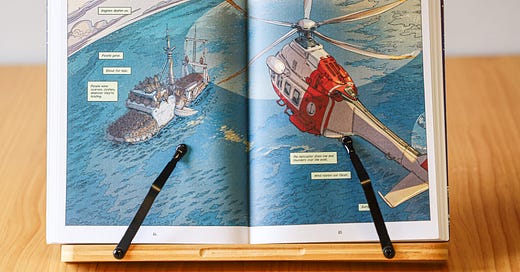






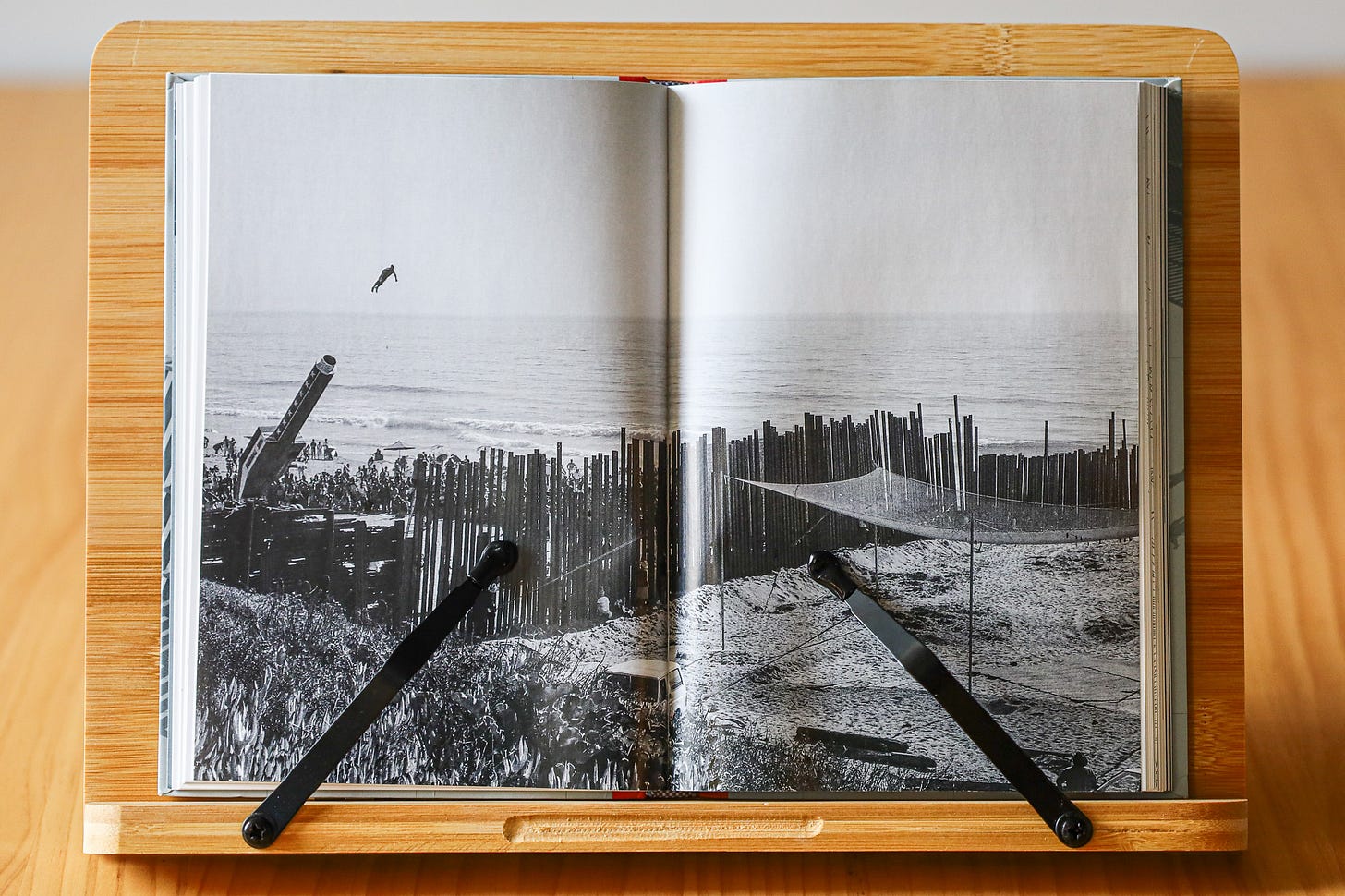


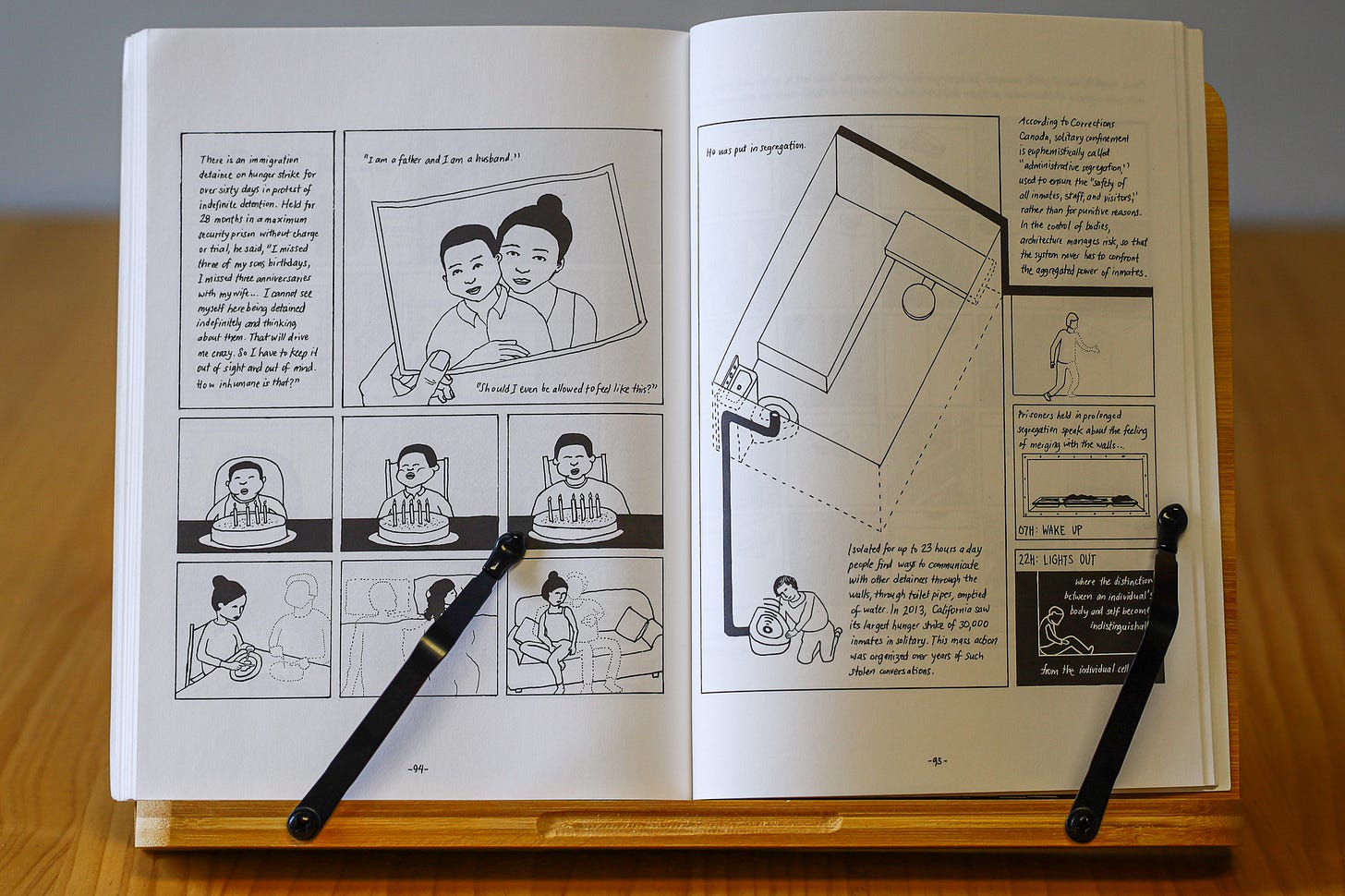
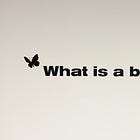
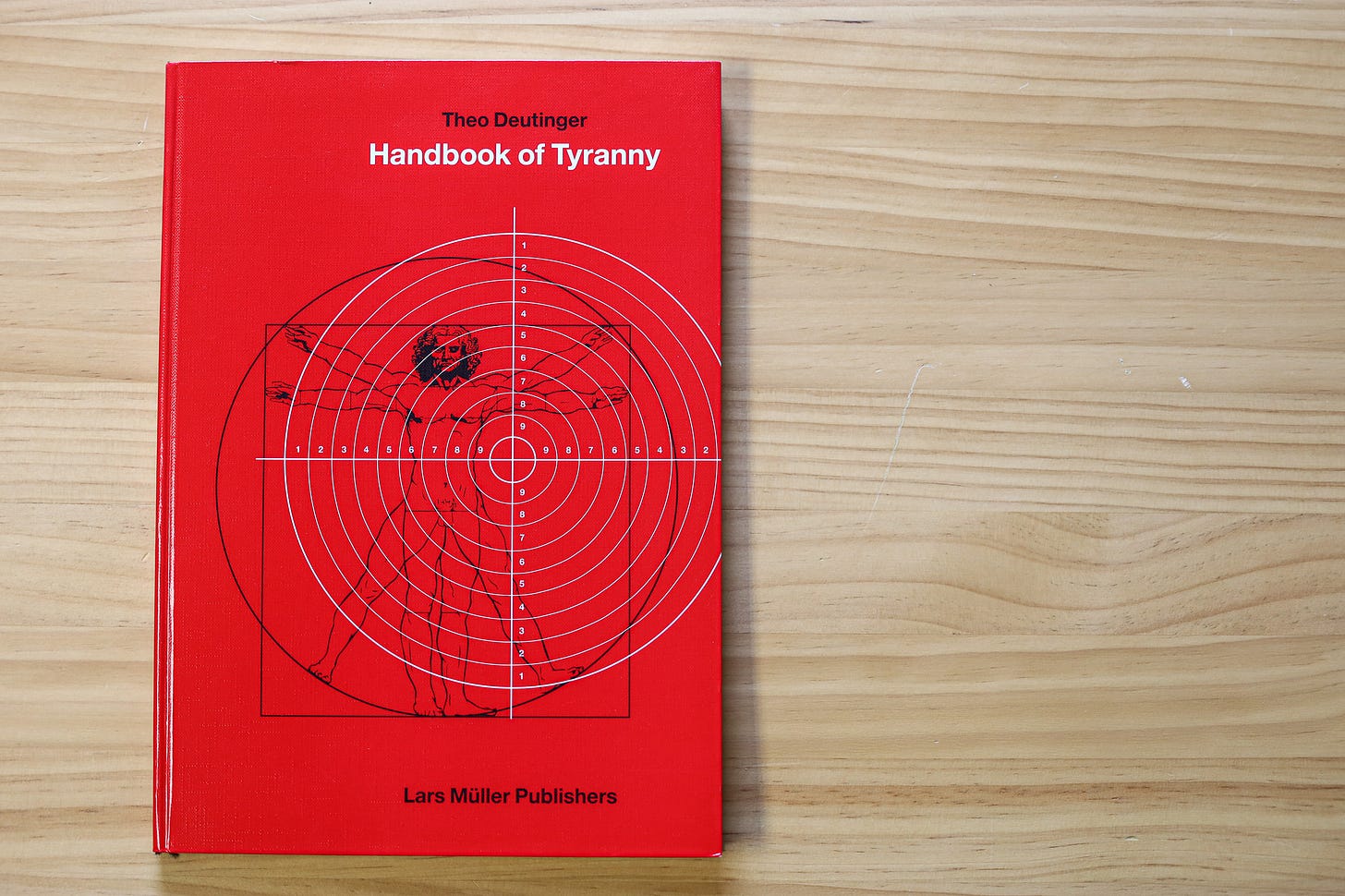

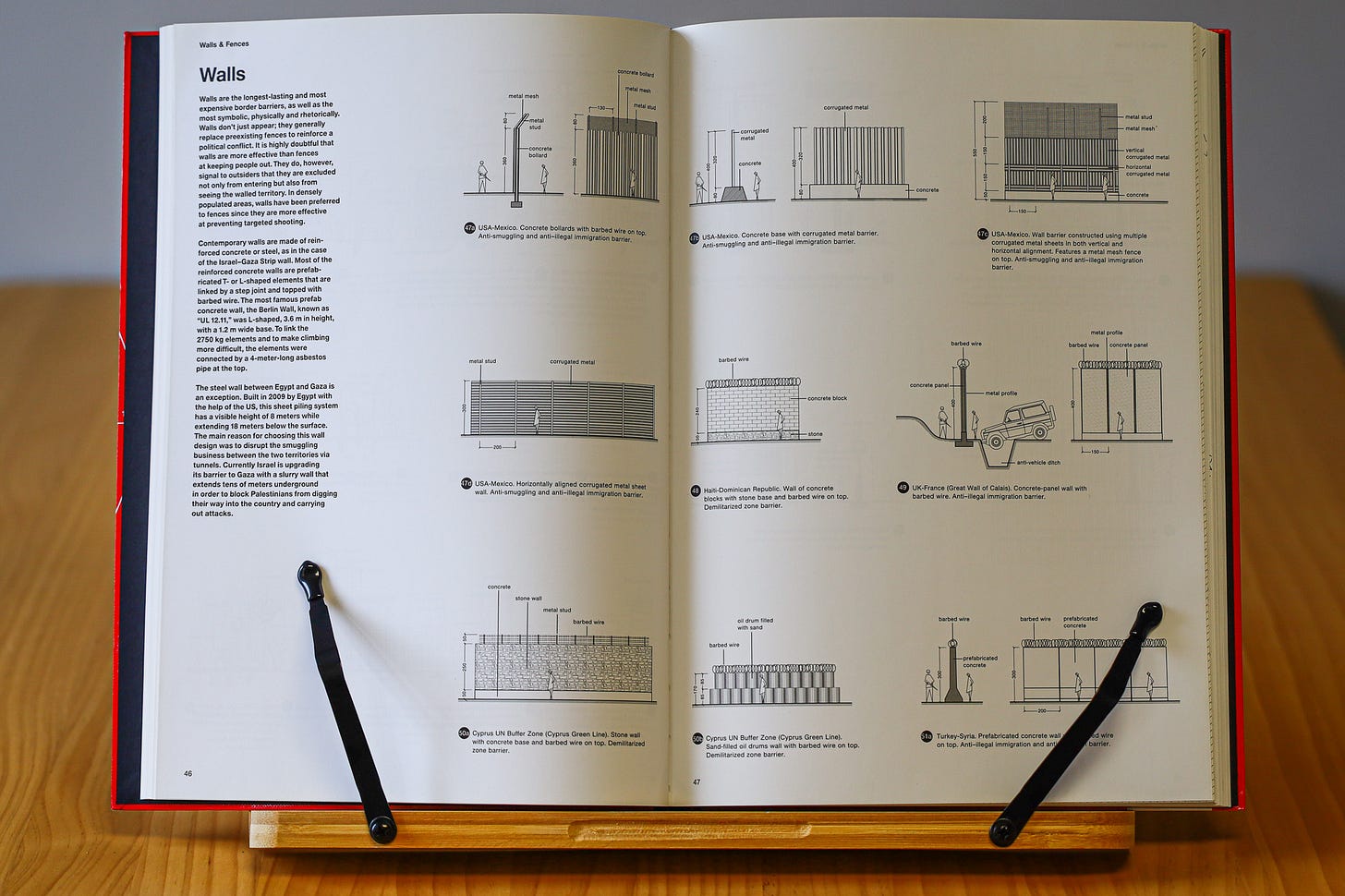
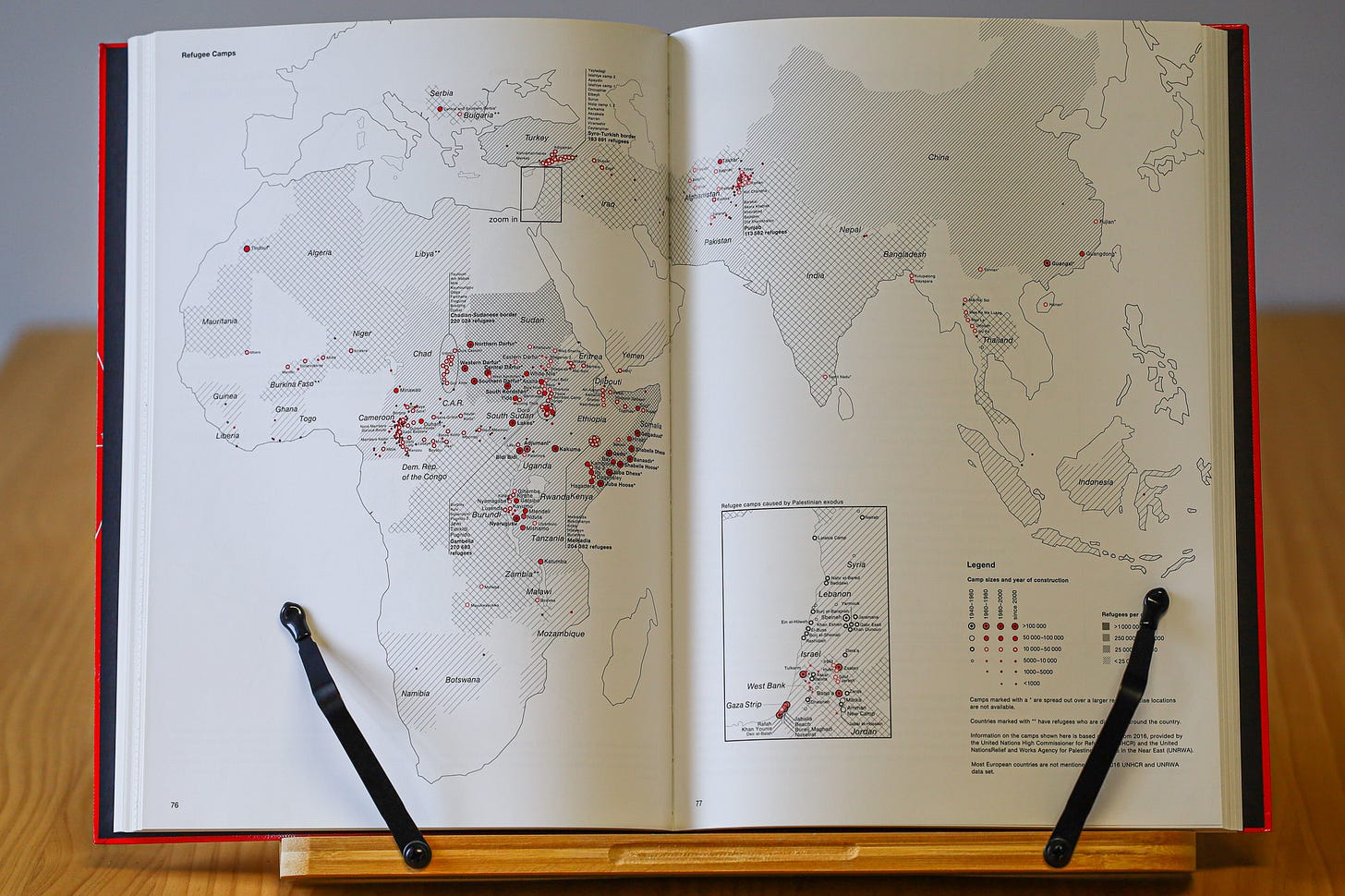
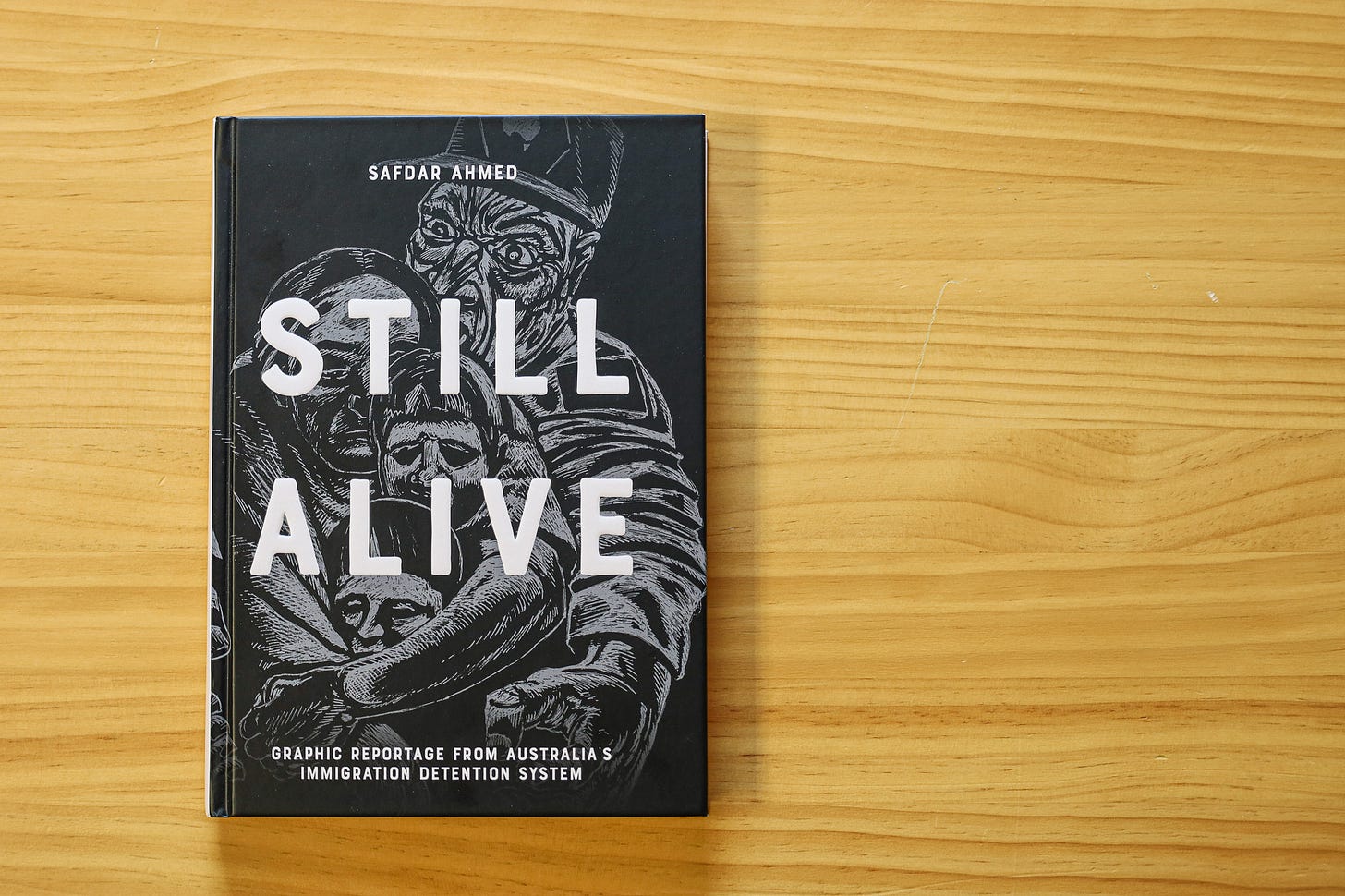
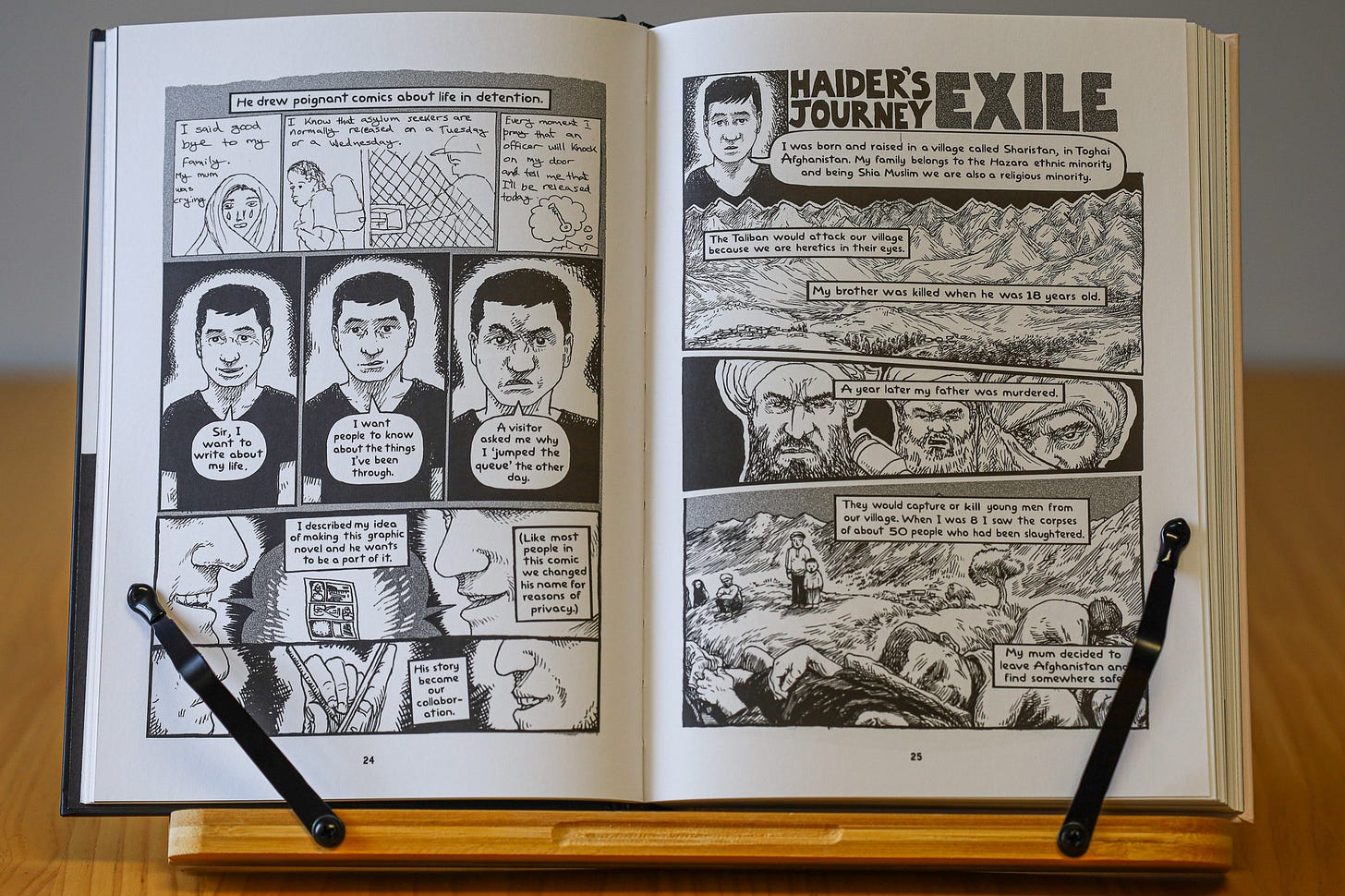

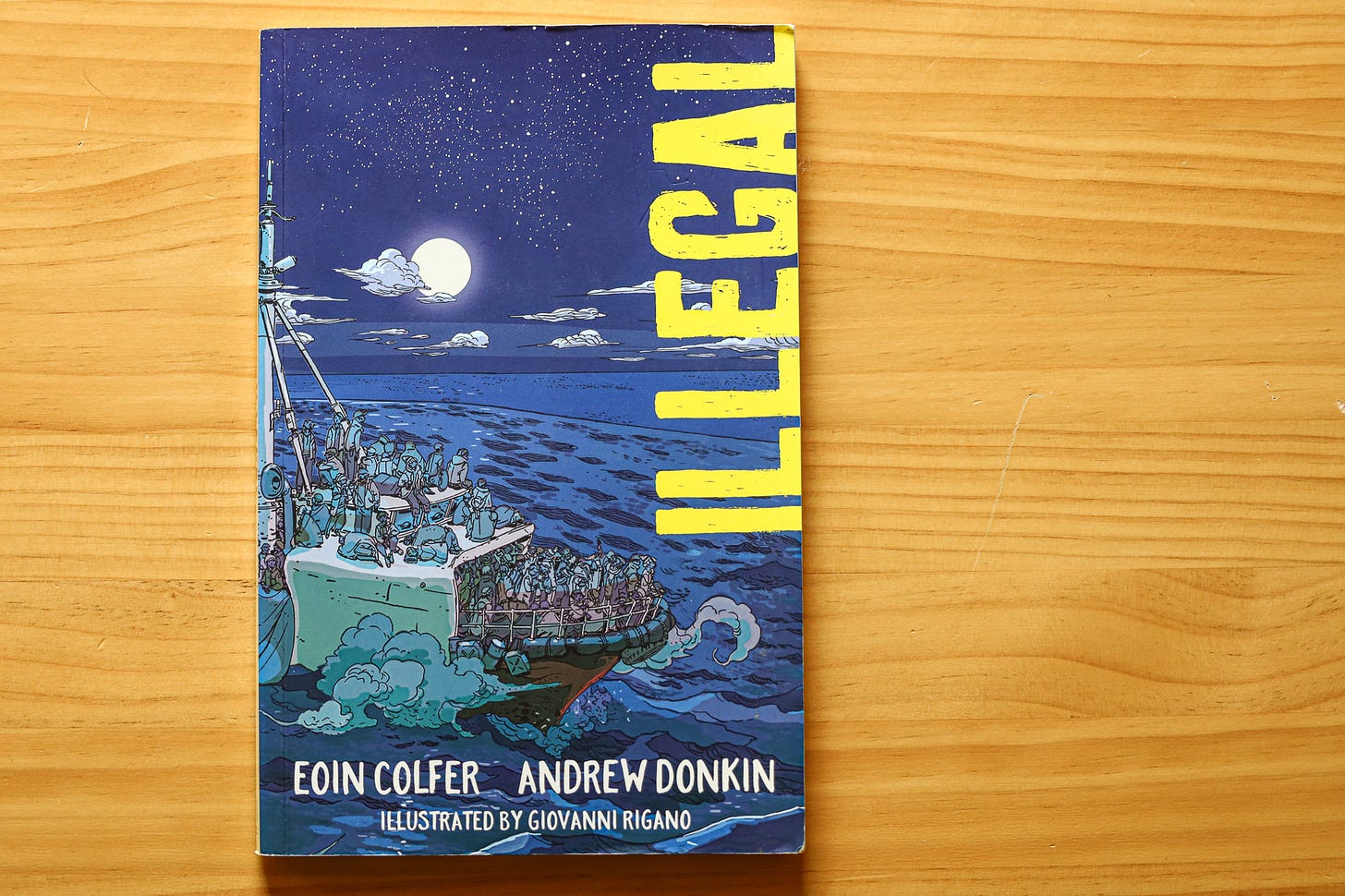

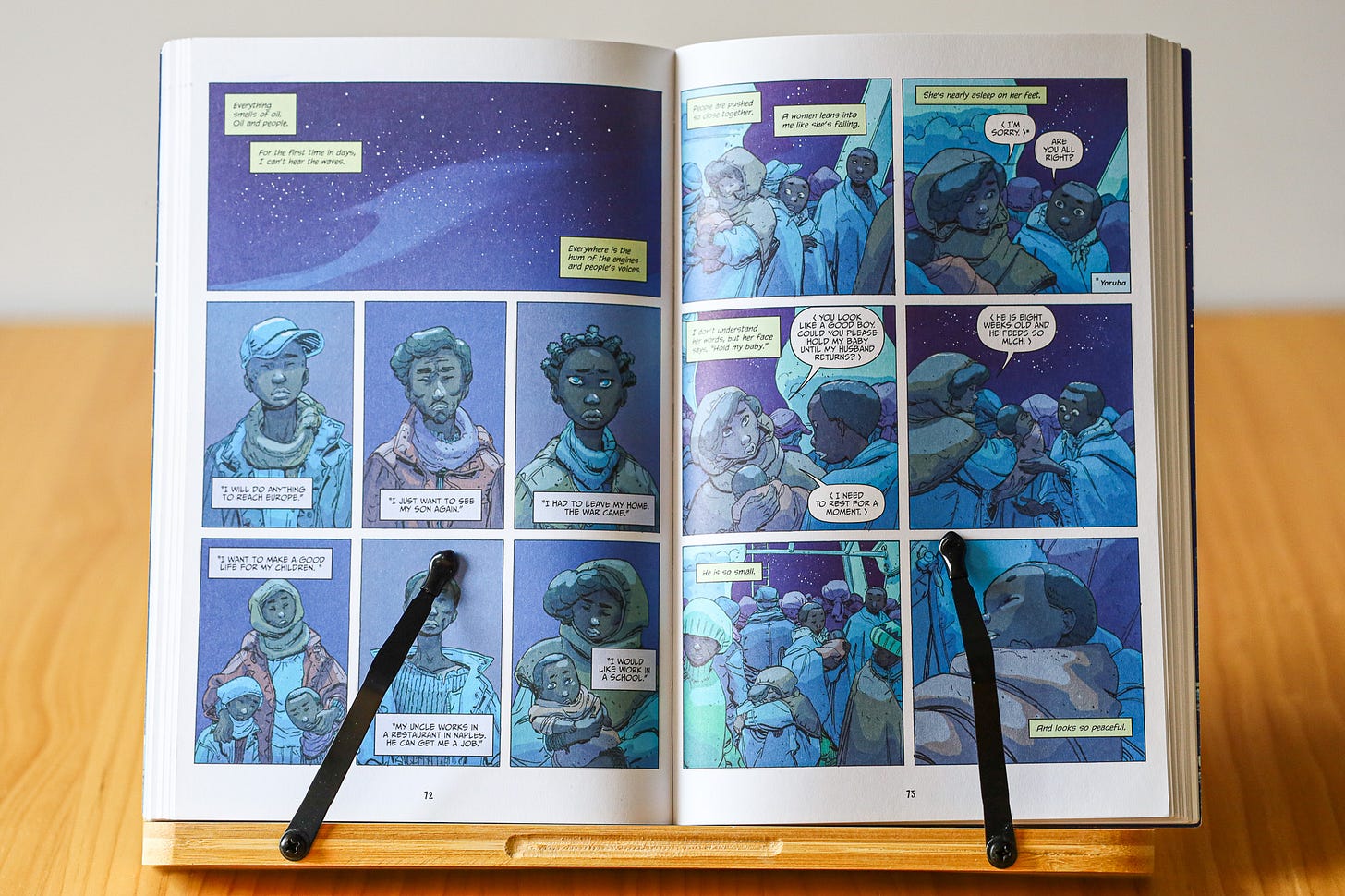


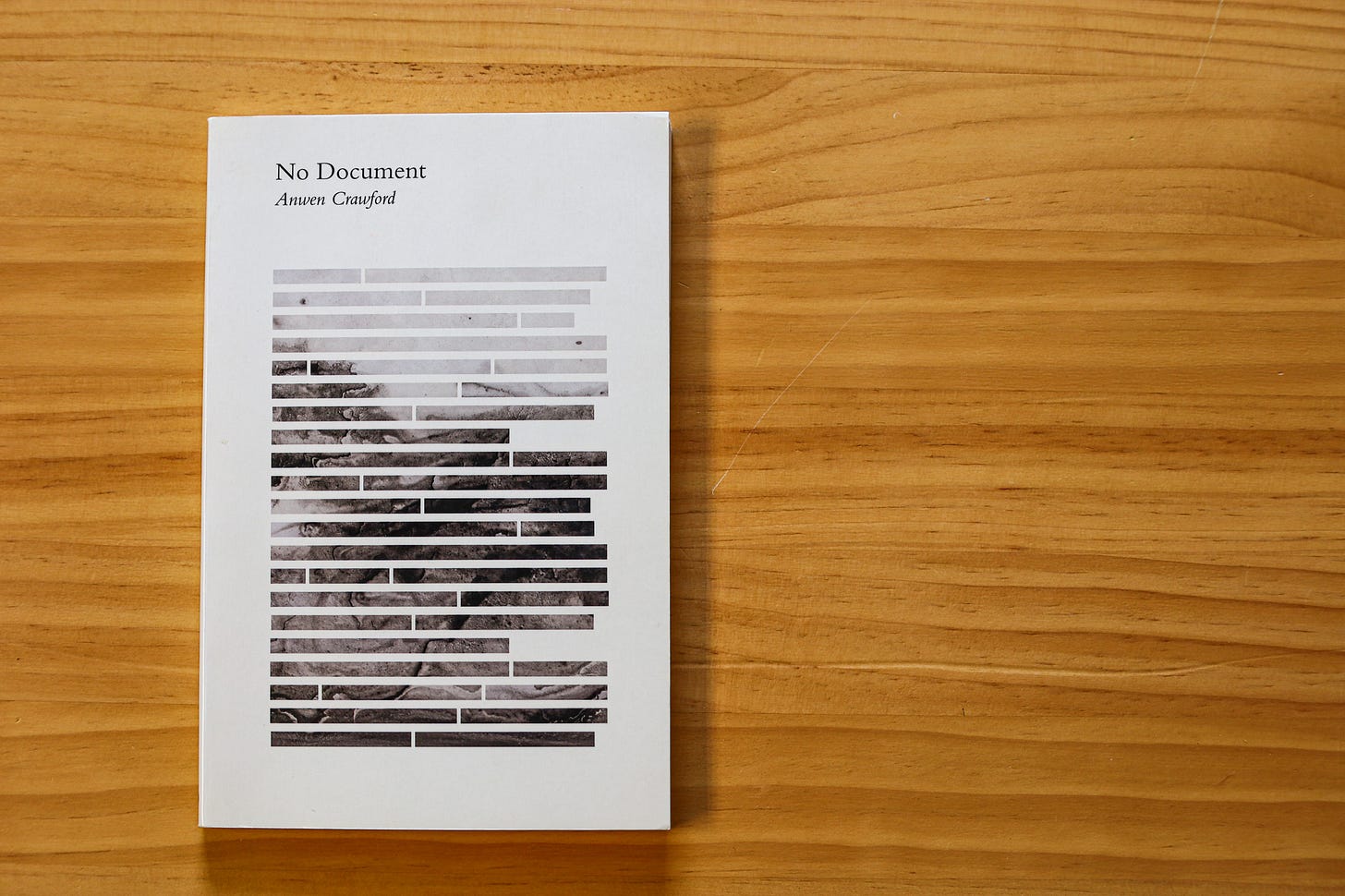
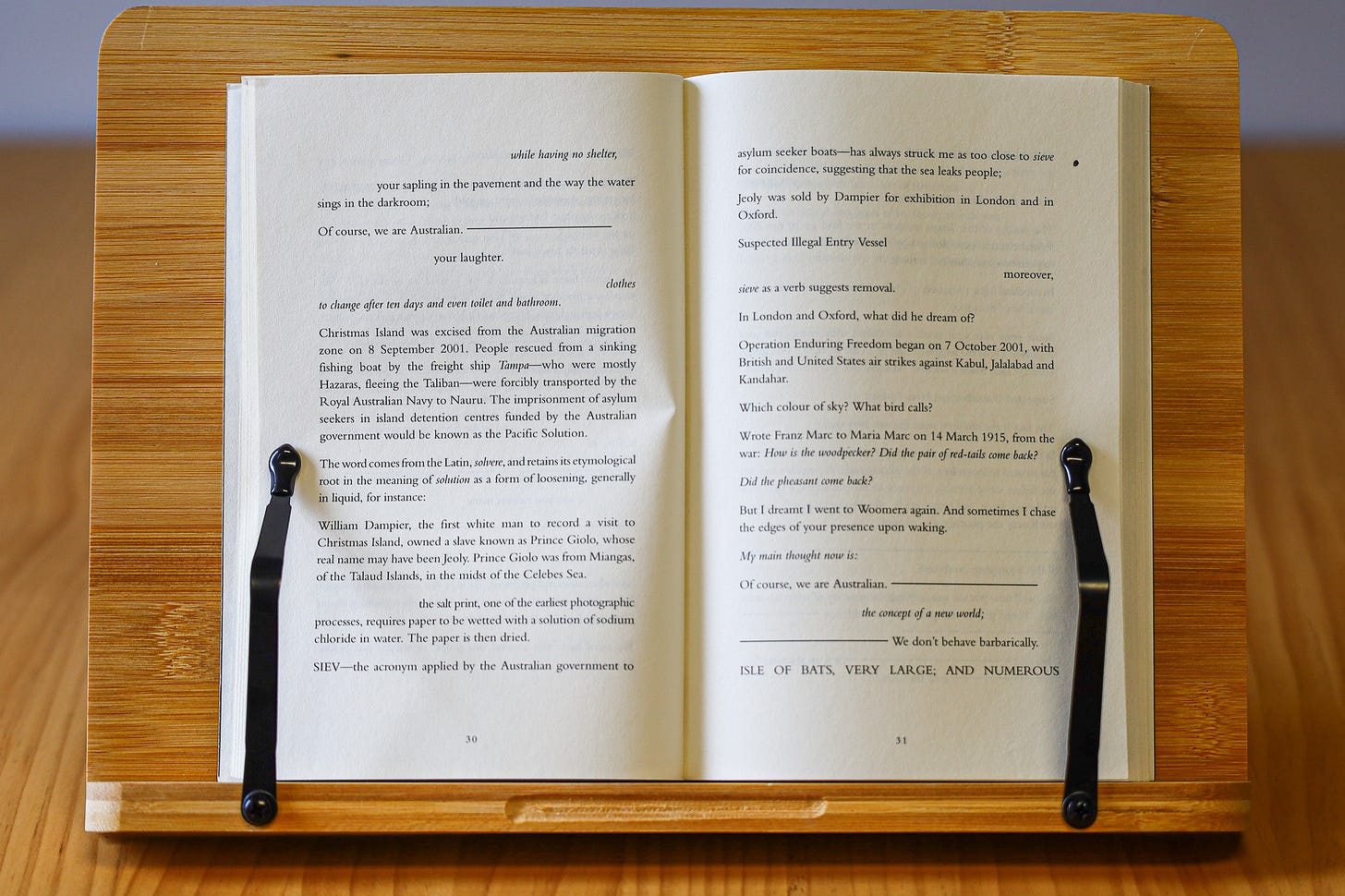
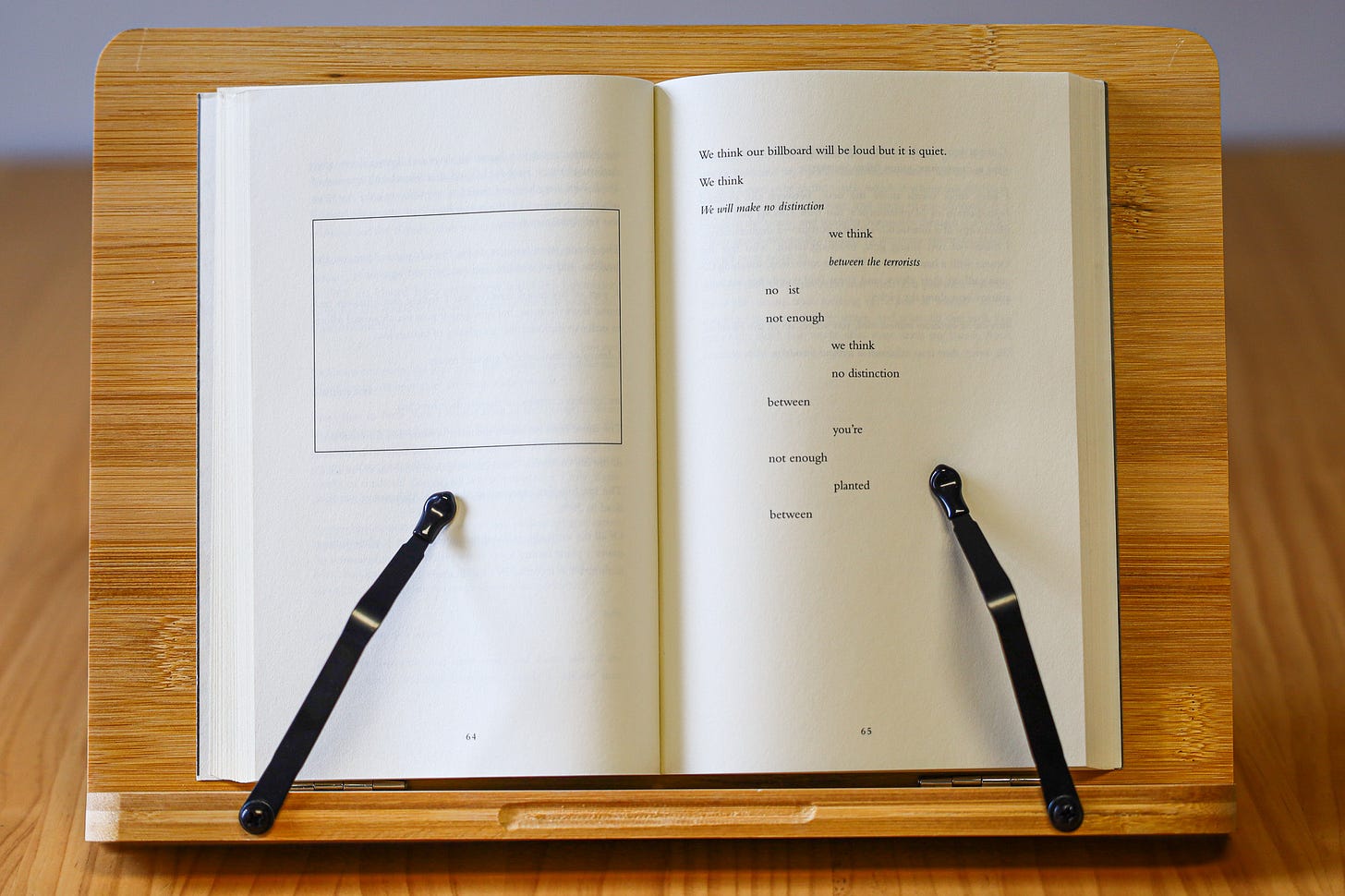

I can recommend the graphic novel The Most Costly Journey (aka El Viaje Más Caro) published by the Vermont Folklife Center. It presents a wonderful variety of true stories about migrant workers and their personal journeys and is available in both English and Spanish.
https://www.amazon.com/-/es/Most-Costly-Journey-Farmworkers-Cartoonists/dp/091671800X
For a fascinating historic perspective, I like: Ringside Seat to a Revolution: An Underground Cultural History of El Paso and Juarez: 1893-1923, by David Dorado Romo.